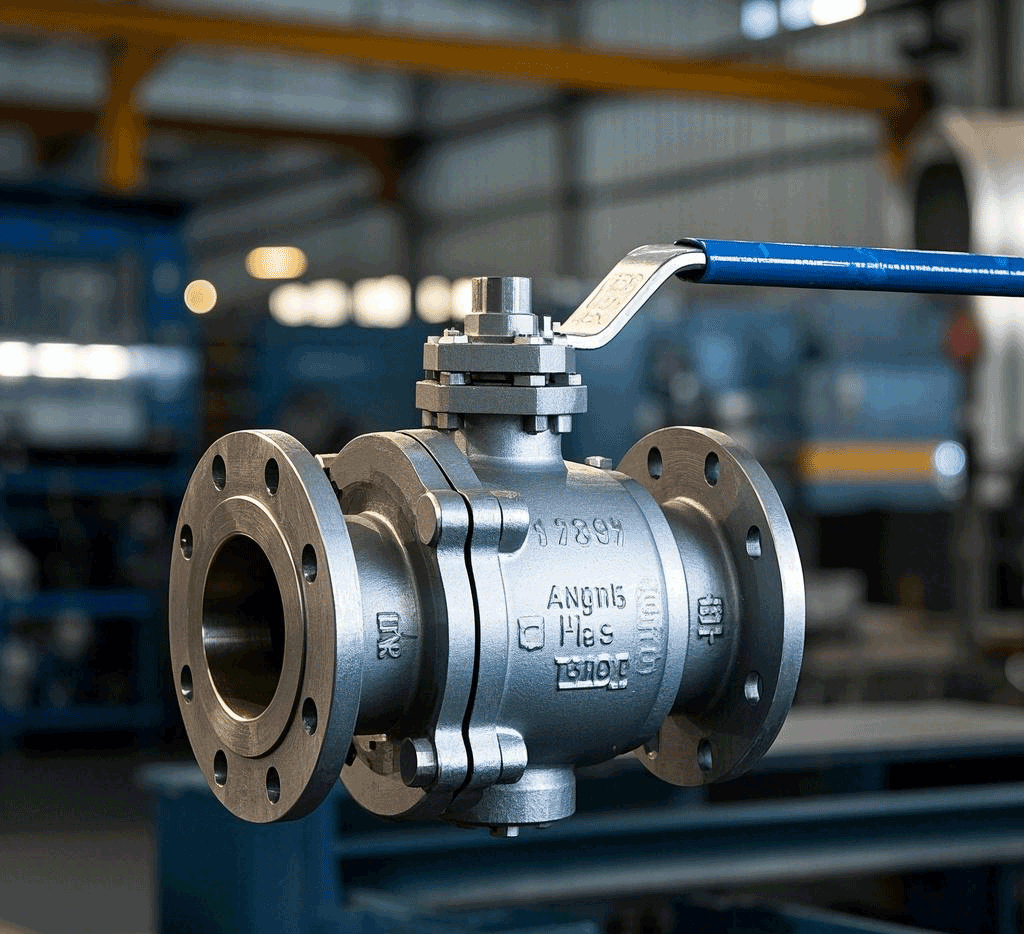Ball valves, the right-hand man in the field of fluid control, are known for their unique 90-degree rotating action. Unlike other valves, the rotating part of a ball valve is a sphere with circular through holes or channels that run through the axis of the sphere. In piping systems, ball valves play an important role in shutting off fluids, distributing them, and changing the direction of fluid flow. Amazingly, with just a 90-degree rotary operation and a very small rotary torque, ball valves can achieve a tight shutoff and ensure that fluid does not leak.
The most recognized use of ball valves is as on/off or shut-off valves. However, as technology continues to advance, the design of ball valves has diversified, and they are now being adapted into valves capable of throttling and controlling flow, such as the V-ball valve.
The popularity of the ball valve is due to a number of significant features. First, its compact design and small footprint make it ideal for installation in piping systems where space is limited. Secondly, the ball valve has a reliable sealing performance and a simple structure, which makes it easier and faster to maintain. The sealing surface and the ball surface are tightly fitted in the closed state, which is not easily eroded by the fluid scouring, thus prolonging the service life of the valve.
Operating the ball valve is also an easy thing, whether it is open or closed, can be completed with a simple rotary action. In addition, ball valves have a wide range of applications, not only for water, solvents, acids and natural gas and other common working media, but also to cope with the harsh working conditions of the media, such as oxygen, hydrogen peroxide, methane and ethylene and so on. These characteristics make ball valves widely used in various industries.
It is worth mentioning that the body design of the ball valve is also quite flexible. It can be monolithic or modular, depending on the specific application scenario and installation requirements. This design diversity further enhances the adaptability and practicality of the ball valve.
In summary, ball valves play a pivotal role in the field of fluid control with their high efficiency, reliability and flexibility. Whether as a switching valve or a throttling valve, ball valves can meet a variety of complex application requirements with their excellent performance.
